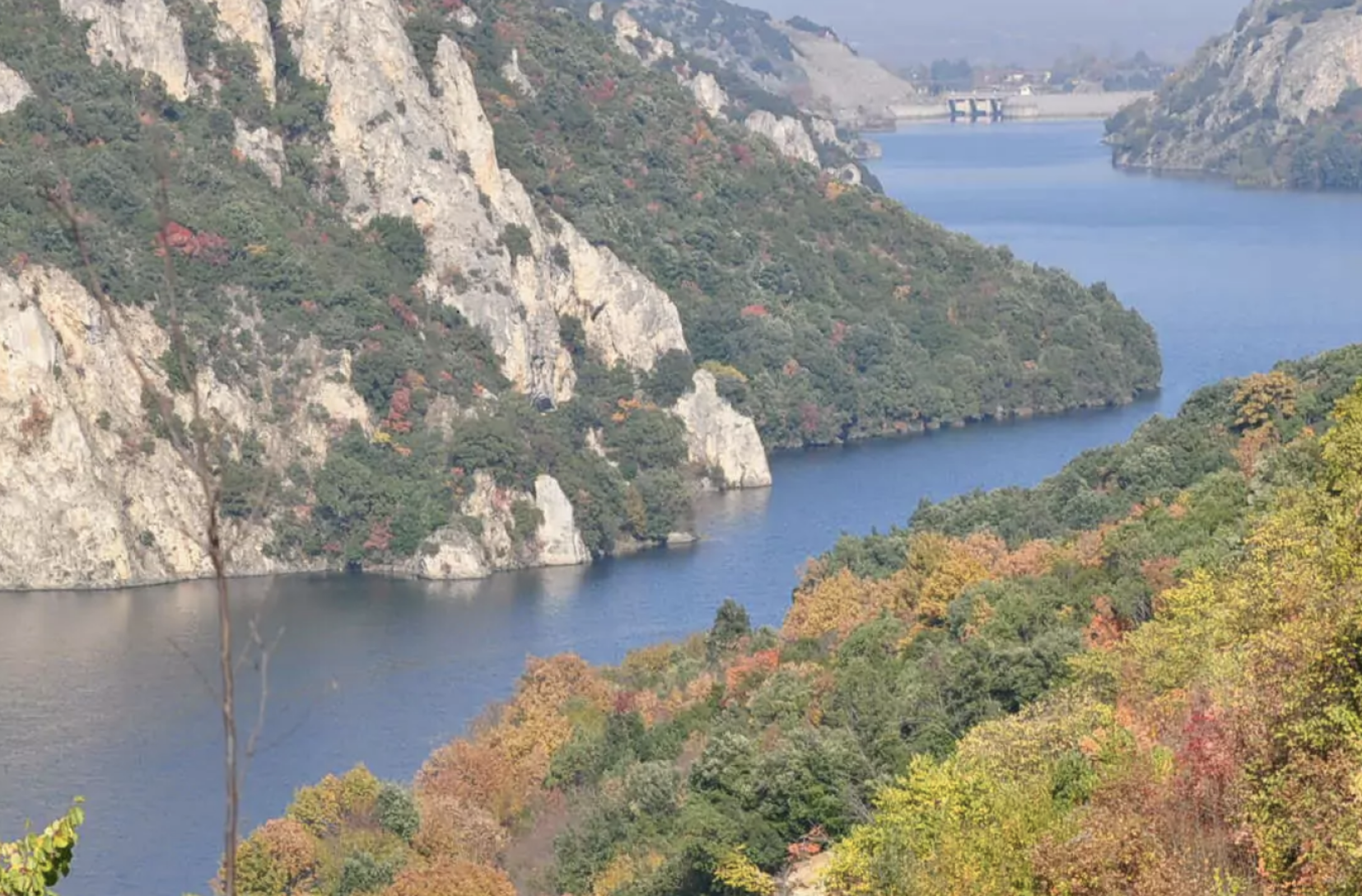Research by diaNEOsis estimates that the economic benefits for the state from utilizing 40% of the Natura 2000 areas—covering 27.3% of the country’s land and 19.6% of its sea—could amount to €2 billion annually.
These calculations confirm the findings of an earlier diaNEOsis study, which identified significant gaps in the protection of 446 terrestrial and marine Natura 2000 areas, as well as notable opportunities for their development.
The latest diaNEOsis study suggests developing these areas for multiple types of tourism across different seasons. The study, published in collaboration with OFYPEKA (an agency of the Ministry of Environment and Energy), is essentially a National Strategic Plan for organizing and promoting tourism in Natura 2000 areas. It was authored by professors and researchers from Harokopio University, led by Professor Emeritus of Tourism Development Paris Tsartas, alongside Andreas Papatheodorou (University of the Aegean, Department of Tourism Economics and Management), Efthymia Sarantakou (Assistant Professor, University of West Attica), Sofoklis Skoultsos (Assistant Scientific Director, Harokopio University), and Alexis-Patapios Kontis (Assistant Professor, University of the Aegean). Scientific collaborators and researchers involved include environmentalists Konstantina Tsalapati and Kalliopi Stara, IT specialist Fotis Sidirofagis, and Theoni Dede.
Notably, the study outlines specific policy directions and an action framework to establish a model of sustainable tourism for Greece’s protected areas.
What the Team Proposes
Specifically, the research team proposes a toolkit aligned with sustainable tourism principles, adapting the suggested strategies and actions to the Greek context. These actions include:
- Strengthening the management framework by involving all stakeholders in the tourism development of Protected Areas (PAs).
- Enhancing cost-effective operations in PAs through visitor access regulations, visitor registration, and ticketing systems.
- Boosting operational capacity by training and educating specialized personnel in recreation and sustainable tourism.
- Promoting and marketing through targeted programs that highlight Greece’s protected areas both domestically and internationally.
Closing Recommendations
- Reducing the environmental footprint by promoting practices that minimize the impact of tourist facilities within protected areas.
- Implementing monitoring systems to track the environmental footprint of tourism activities.
- Providing high-quality tourism products by developing portfolios of mild tourism activities compatible with Natura 2000 areas.
- Leveraging technological services to explore and evaluate the natural and cultural heritage.
- Linking the branding of protected areas with local products.
- Promoting alternative livelihoods tied to mild tourism activities, such as ecotourism, for local populations.
- Encouraging collaboration with local communities and tourism stakeholders.
- Developing a marketing strategy to treat protected areas as a unified network of tourism destinations offering complementary tourism products and services.
- Creating an integrated communication strategy and branding with a modern, customer-focused tourism approach targeting specific consumer groups.
- Establishing a unified digital platform for showcasing the tourism products of protected areas, with a customer-centric approach and rich content.
- Designing and implementing specialized tourism development programs tailored to each region.
- Promoting alternative livelihoods connected to ecotourism and other mild tourism activities within local communities.
Ask me anything
Explore related questions





